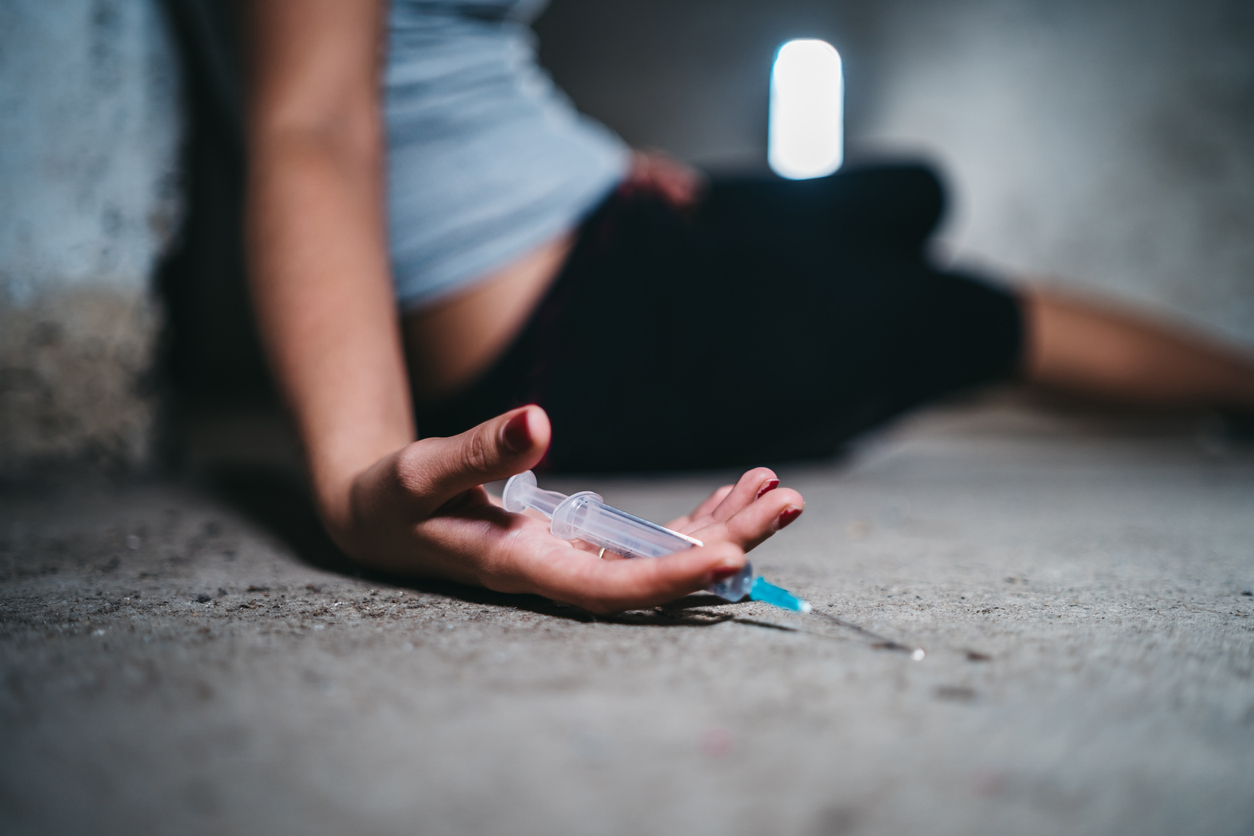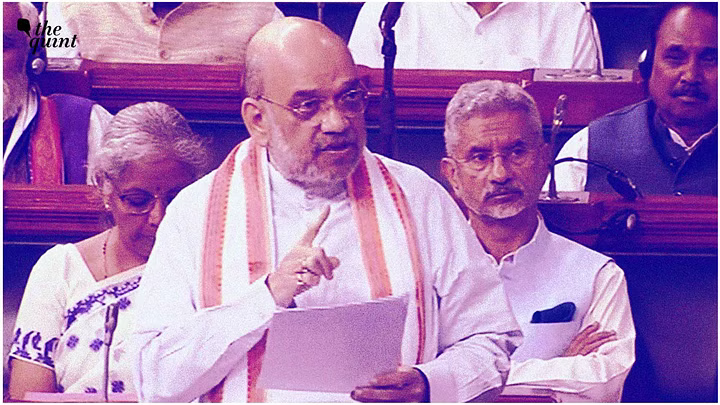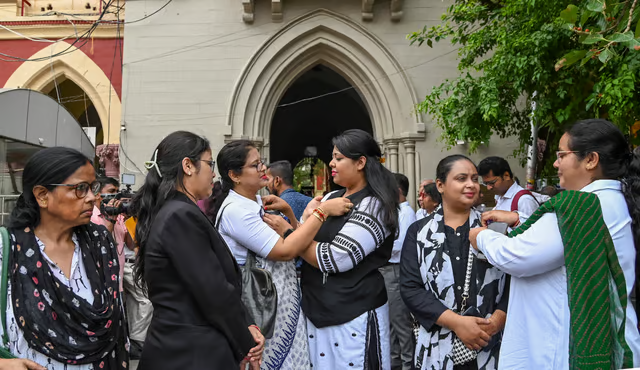
India’s War on Drugs and the Challenges to Rehabilitative Justice
Building the case for a harm-reduction based progressive amendment of the current NDPS Act
When the Home Ministry of India’s Committee for Reforms in Criminal Laws notified in October, 2020 that they would be discussing reforms to the fairly controversial Narcotics Drugs and Psychotropic Substances (NDPS) Act, 1985, it raised immediate anticipation about how India might choose its narrative around drugs regulation in a world with constantly shifting understandings of the nature of drugs and their usage.
The NDPS Act remains one of the most stringent laws in India. Birthed as a result of the “War on Drugs” that captured the international imagination during the 1980s, the NDPS Act adopted a highly punitive approach towards drugs related crimes. The law promoted high mandatory minimum sentences even for possession, took away the possibility of probation for first-time offenders, made getting bail extremely hard, and explicitly reversed the burden of proof.
The 2001 amendments to the NDPS Act, ushered as a result of rising global criticism of excessively harsh anti-drug laws, introduced the classification of “small” and “commercial” quantities, and consequently varying punishments for the quantity of drugs involved. However, the narrative around drugs trafficking and the law continues to remain complicated in India despite these modifications.
The Case of Himachal Pradesh
Even as Punjab is yet to recover from the grip of its drug menace despite a hard-line crackdown on peddlers and addicts, the neighbouring hills of Himachal Pradesh (HP) have already emerged as a haven for rave parties, criminal syndicates, and unlimited supply of narcotic pleasures. Already infamous for producing world-class marijuana, Himachal is now grappling with the problem of an increased influx of synthetic drugs such as heroin (locally referred to as chitta), cocaine, MDMA commonly known as ecstasy, and LSD.
As the NCRB data for 2018 showed, a total of 1,342 cases were registered under the NDPS Act in a single year, making Himachal the third most criminally troubled state/UT in India, only after Punjab and Chandigarh when it came to possession of drugs for trafficking. Additionally, there was a steep increase in the number of registered NDPS cases by 7.2 percent between 2018 and 2019.
To tackle this, Himachal has adopted a mixed narcotics regulation policy of coming down hard on traffickers while adopting a rehabilitative approach for drug users. Despite the measures taken by the state, its rehabilitation policy has a long way to go. This blog analyses the case of HP, the lessons that have emerged, and suggests the way forward.
Narcotics Regulation Approach Adopted by Himachal Pradesh
The history of Himachal has been mired with drugs due to the religious legitimisation of cannabis and the rise of poppy cultivation by farmers during the colonial era. As it became evident that drugs, tourists, and organised crime had become undeniable realities, and that the NDPS Act itself was not enough, narcotics regulation became an obligatory policy concern. The approach adopted was predictably harsh, punitive and carceral.
Focused pursuit of consumers, traders, and cultivators of plant-based narcotics such as cannabis and opium became the primary feature of this approach. As a result, acres of gram-panchayat, forest, agricultural, horticultural, and roadside property was razed to ashes. Further, the primary border patrol organisation of the Government of India, Sashastra-Seema-Bal, was armed with modern equipment, and deployed to target and destroy cultivations in high altitude regions.
In 2018, the Chief Minister Jai Ram Thakur inaugurated a Special Task Force within the police department to elevate grassroots-level war on the drug mafia. In the same year, the state legislative assembly also successfully passed the NDPS (Himachal Pradesh Amendment) Bill, 2018, which though yet to receive presidential assent, could potentially push Himachal’s hard-line anti-drug strategy to tendencies witnessed previously only in Punjab.
The proposed state amendment seemed to view the 2001 amendment, and the distinction drawn between possession of commercial, punishable quantities, and small, non-punishable quantities, as a weak link within the legislation. It has tried to completely dissolve any such distinction by making all offences non-bailable, irrespective of the quantity possessed.
A Simultaneous but Inadequate Rehabilitative Approach for Drug-Users in HP
On a parallel note, however, it is important to observe that the state has attempted to focus on drug-users and their rehabilitation as a simultaneous measure. Under the Rashtrya Kishore Swasthya Karyakram, for instance, the State Health Department has functionalised de-addiction centres across regional and zonal hospitals.
Yet, these are early attempts and much remains wanting. For instance, there exists no singularly dedicated public de-addiction centre across the entire state, and those that exist as conjoined units within public hospitals attract very few patients and lack requisite facilities. Private de-addiction centres, which have sporadically emerged across the region, host thousands of addicts today but their high cost renders them inaccessible for most. Moreover, in the absence of any governmental support or state regulation, many of these clandestine private centres have also emerged as spaces of rampant human-rights violations, including severe physical thrashing, verbal abuse and profiteering through ensuring patient relapse, according to media reports.
In the state policy on Rehabilitation of Drug Addicts, published in 2018, financial assistance to NGOs running de-addiction centres has been provided for, but since the two years of the publication of the revised draft, little has been done in this regard. The policy further seeks adherence to a minimum set of standards within these institutions, but the mere recommendatory nature of the policy renders ensuring enforcement of the proposed standards ineffective at this point.
Despite the steps the state has taken, HP’s narcotics policy begs the central question whether a severe-punishment and incarceration-based model, which criminalises soft-drugs like marijuana that are used widely, can be effectively reconciled with a pro-addict rehabilitation-model. The irony of this dichotomy is not lost.
Holistic Harm Reduction Strategy is the Way Forward
Despite the gaps, Himachal’s case is an important one, since it centralises the key stakeholders – the addicts, their families, and the further vulnerable within them, mainly the women, young people, and marginalised communities. This is in line with the larger discourse on de-addiction strategies.
Research shows that women remain particularly susceptible to addiction by virtue of their interaction with poverty, alienation from healthcare, and sexual exploitation. Additionally, in Himachal, cultural stigma associated with women consuming drugs is intrinsic to low rates of admissions of women users into whatever de-addiction centres exist. Similarly, across India, reports have suggested that young people remain key consumers with the mean age of initial injecting experience being recorded at 23.9 years. This data can be comfortably extrapolated in Himachal’s context which today hosts 8.66 lakh unemployed youth.
Even as the state policy attempts to take the most marginalised into account, the approach is not holistic. For instance, while on the one hand, the Health & Family Welfare, and Women & Child Development Departments have been directed to conduct awareness campaigns to educate women and minors and other high-risk groups, on the other hand, these groups are not provided with specialised rehabilitation services that are necessary for them. Further, even as awareness generation campaigns are carried out through modified school curriculums at early education level, such efforts need to be supplemented with other concrete harm-reduction measures such as regulating mass-distribution of disposable syringes for injections.
However, as mentioned above, even if wanting, measures to rehabilitate drug users are essential but these continue to sit ill with the excessively carceral approach adopted for traffickers and those in possession of any drugs, including relatively lighter ones.
What, instead, is required is a holistic harm reduction strategy as adopted by Portugal with very successful results witnessed over two decades. In 2001, Portugal became the first country in the world to completely decriminalise the possession and consumption of all illicit substances, and over the course of twenty years through a persistent harm reduction strategy, the level of success that has been achieved by it in terms of reducing overdoses, HIV-infections and drug-related crimes remains unprecedented globally.
While Portugal’s strategy cannot be expected to translate seamlessly in the Indian context or in the state of Himachal Pradesh specifically, it is nevertheless an important reminder of how over-criminalisation of drugs consumption necessarily comes at the cost of compromising on restorative approaches directed at addicts and the marginalised. It can only be hoped that the Reforms Committee takes this holistic perspective into account while re-designing the NDPS Act, instead of focusing on the primarily punitive approach used by states like Punjab or the uneasy balance attempted by Himachal trying to juxtapose incarceration with rehabilitation.



